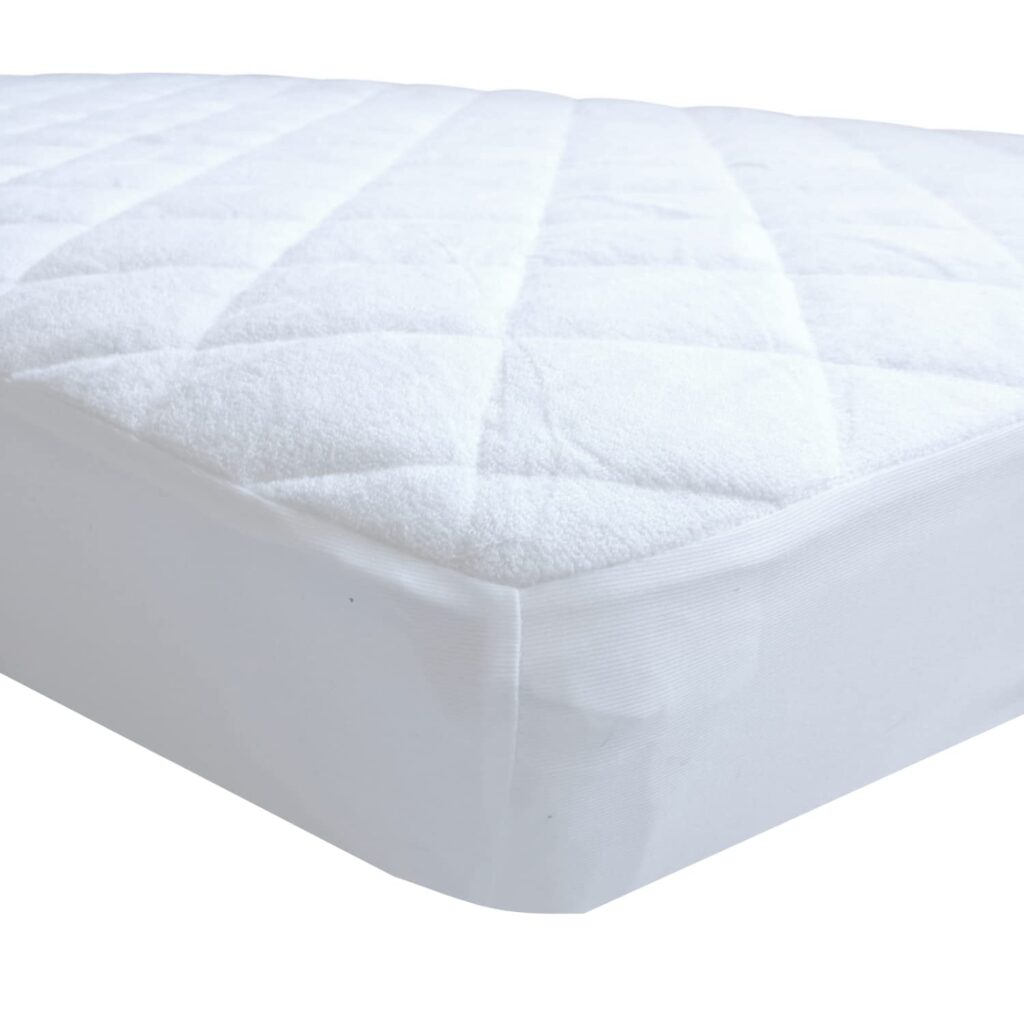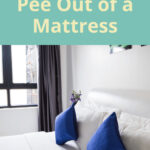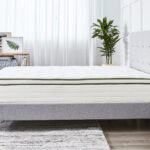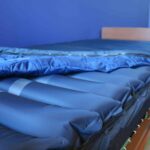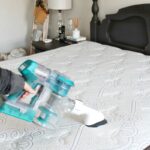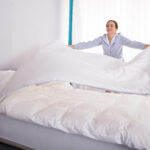A mattress pad, also known as a mattress topper, is a thin layer of padding placed on top of a mattress to add extra cushioning and comfort. It is typically made from a variety of materials, including memory foam, latex, cotton, and wool. A mattress pad is designed to provide extra support and protection for your mattress, as well as help keep it clean and free from allergens. This article will explain the different types of mattress pads, their benefits, and how to choose the right one for your bed.
What is a Mattress Pad?
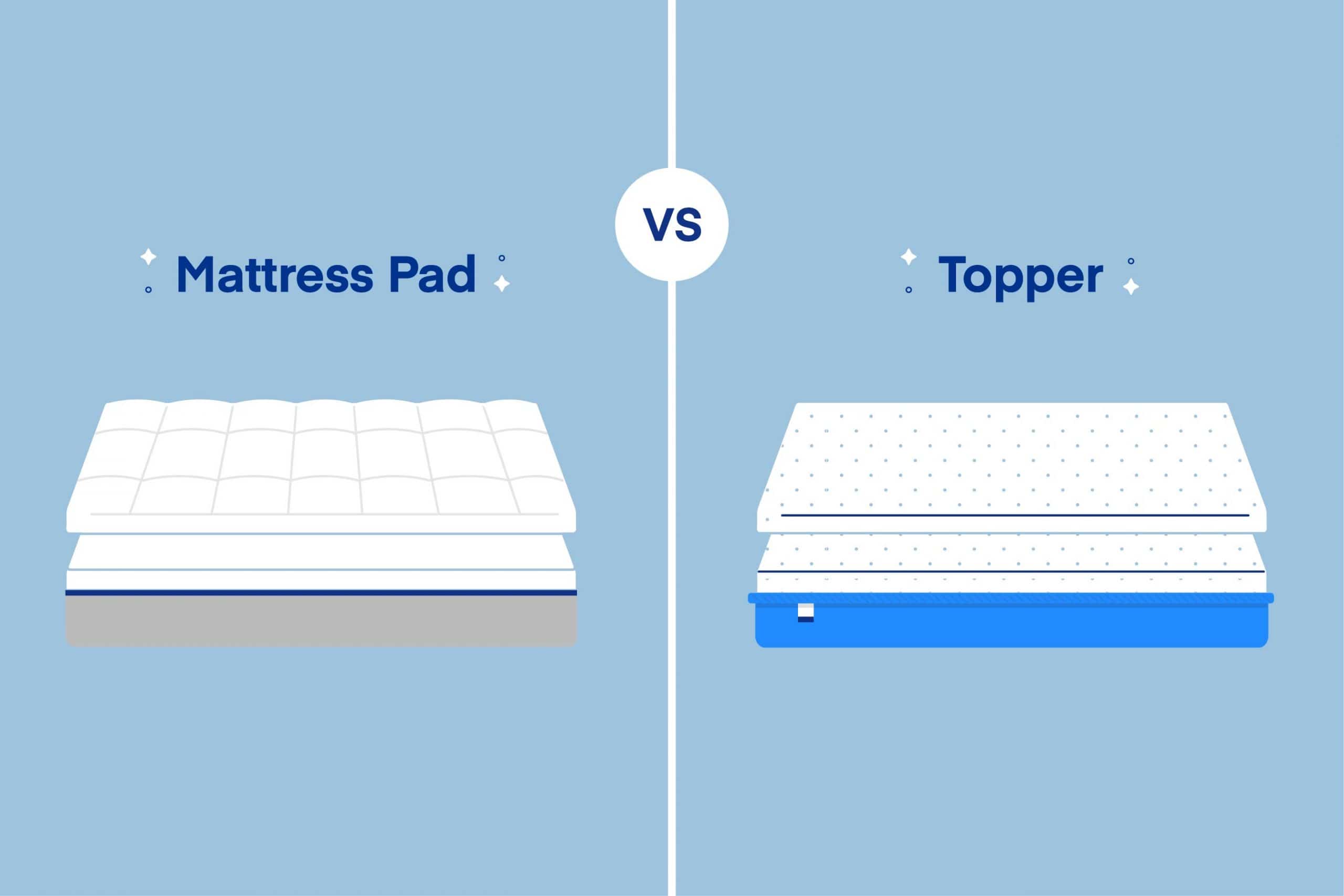
A mattress pad is an additional layer of protection placed atop a mattress. It acts as a protective barrier between the mattress and the sheets, providing additional comfort and protection for the mattress. Typically, mattress pads are made of various materials, such as cotton, wool, foam, and synthetic fabrics. This layer of protection ensures that the mattress stays clean and free from dust, dirt, and other contaminants. It also helps to protect the mattress from stains, spills and other damage.
Mattress pads come in different thicknesses and materials, providing varying levels of comfort and protection. Thicker mattress pads may provide more cushioning and comfort, while thinner pads may be better suited for cooler climates. The material used in the mattress pad may also affect the comfort level, with some materials providing greater breathability than others.
In addition to providing protection, mattress pads also help to improve the overall sleep experience. They can help to reduce motion transfer, provide additional support to the body, and even help to regulate body temperature. They can also help to extend the life of the mattress by providing an additional layer of protection from wear and tear.
Ultimately, mattress pads are an important part of maintaining the life and comfort of your mattress. By providing an additional layer of protection and comfort, mattress pads can help to ensure that your mattress is well-protected and comfortable for years to come. So why use a mattress pad? Doing so can help to preserve the life of your mattress and ensure that you get the best sleep possible.
Types of Mattress Pads

Waterproof Mattress Pads
Waterproof mattress pads are designed to protect the mattress from moisture and liquids, as well as providing a comfortable sleep surface. These mattress pads are made of a waterproof material such as vinyl, which helps ensure the mattress remains dry and free from mold and mildew.
Memory Foam Mattress Pads
Memory foam mattress pads are designed to provide comfort and support by conforming to the body’s shape and distributing weight evenly. They are made of a high-density foam material that is designed to reduce pressure points and provide support while sleeping.
Heated Mattress Pads
Heated mattress pads are designed to provide extra warmth and comfort during cold nights. They are usually made of an insulated material such as fleece or cotton, and are designed to retain heat and provide a cozy sleeping environment.
Benefits of Using a Mattress Pad
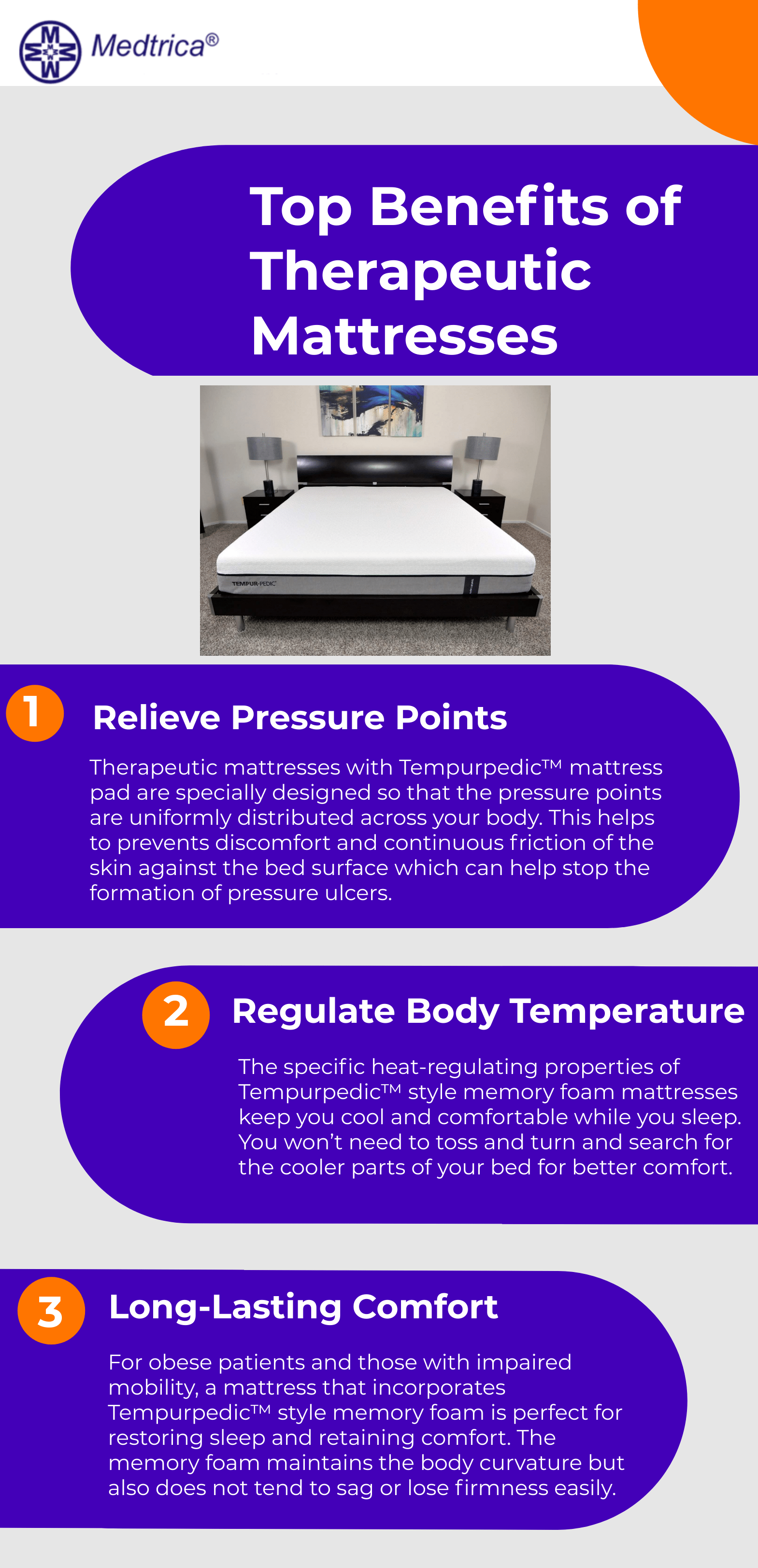
Comfort
Mattress pads provide an extra layer of cushioning to your mattress. This adds more comfort to your bed and makes it more pleasant to sleep on. It is especially helpful for people who suffer from back pain and joint pain as it can help reduce discomfort and improve sleep quality.
Protection
Mattress pads are a great way to protect your mattress from dust, spills, and other contaminants. They provide a barrier between your mattress and any liquids or other substances that may come in contact with it. This helps to keep your mattress clean and in good condition for longer.
Durability
Mattress pads are made from durable materials that are designed to last. They are usually made from cotton or polyester and are machine washable, so you can keep them clean and fresh. This helps to prolong the life of your mattress and ensure it remains comfortable for longer.
Cost-Effectiveness
Mattress pads are a cost-effective way to add extra comfort and protection to your mattress. They are usually much cheaper than buying a new mattress and can be easily replaced if needed. This makes them a great option for those on a budget who want to make sure their mattress is comfortable and well-protected.
How to Choose the Right Mattress Pad
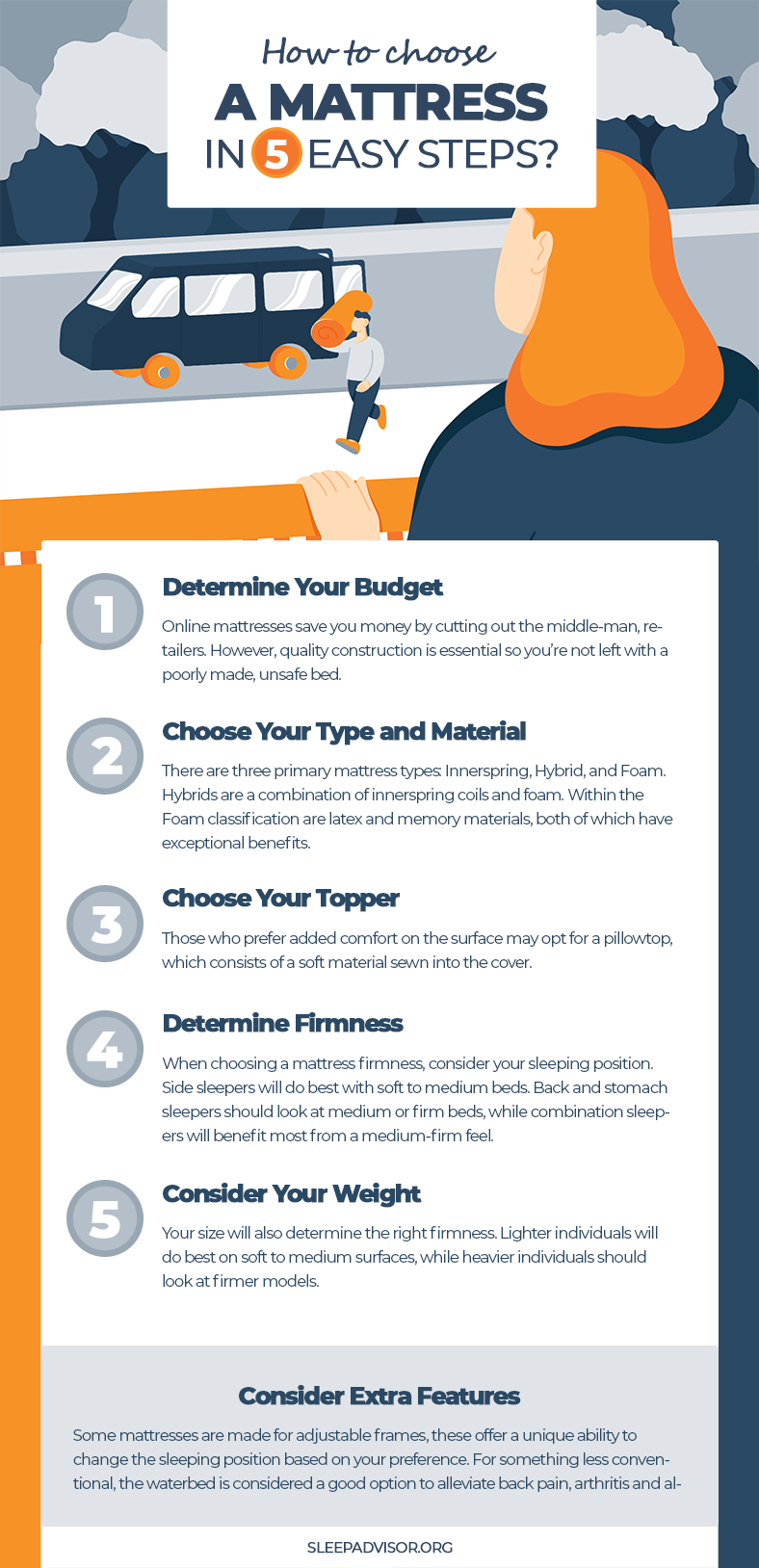
When choosing a mattress pad, there are several factors to consider. Size is one of the most important factors. The mattress pad should fit snugly and securely on the mattress, with no gaps or bunching. Measure the mattress and get a mattress pad that fits the exact dimensions. Fabric is also important, as it can affect comfort, breathability, and durability. Look for a mattress pad made from a breathable material such as cotton, wool, or synthetic fibers. Filling is also important, as it will affect the feel of the mattress pad. Down, foam, and polyester are all popular options. Durability is another factor to consider, as mattress pads can be expensive. Look for a mattress pad with a high thread count and a strong stitching pattern. Finally, Price is also important, as mattress pads can range widely in price. Shop around to find the best price for the features you need.
Care and Maintenance of a Mattress Pad
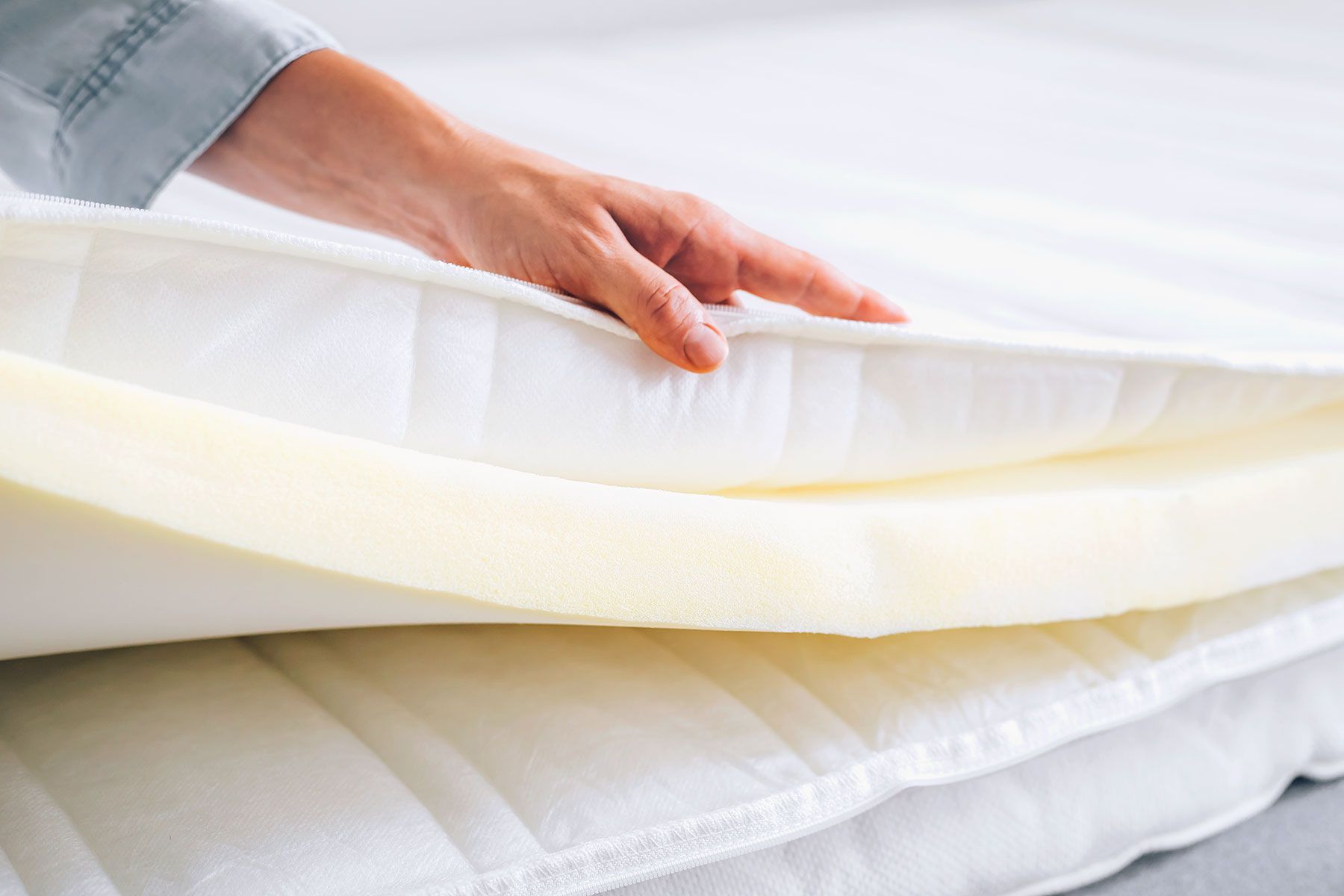
A mattress pad should be cared for regularly to ensure it is in good condition and lasts for a long time. Here are some key tips for maintaining a mattress pad:
- Vacuum regularly – Vacuuming your mattress pad regularly will help to remove dust, dirt and other debris from the surface of the pad. This should be done at least once a month to keep the pad in good shape.
- Spot clean – If there are any spills or stains on the mattress pad, they should be spot cleaned immediately. Use a mild detergent and warm water to gently scrub the affected area and then air dry the pad. Do not use bleach or any other harsh chemicals that could damage the pad.
- Flip and rotate – To even out the wear and tear on the mattress pad, it should be flipped and rotated every few months. This will help to ensure that the pad is evenly distributed and will last longer.
- Protect from sunlight – Sunlight can cause the fabric of the mattress pad to fade and deteriorate, so it is important to keep it out of direct sunlight. If possible, store the mattress pad in a dark, dry place when not in use.
Taking proper care of a mattress pad is essential to keeping it in good condition and extending its life. Regularly vacuuming and spot cleaning the pad, flipping and rotating it, and protecting it from sunlight will help to keep it looking and feeling like new for years to come.
Alternatives to a Mattress Pad
1. Waterproof Mattress Protector – Waterproof mattress protectors provide the same protection as a mattress pad, but they are completely waterproof and more durable. They are made of materials like polyester, vinyl, and polyurethane that repel moisture, dust, and allergens.
2. Mattress Encasement – A mattress encasement is a more durable alternative to a mattress pad. It completely encases the mattress and is designed to protect it from bed bugs and other pests. It is also waterproof, dust mite proof, and hypoallergenic.
3. Bed Bug Cover – Bed bug covers are designed specifically to protect the mattress from bed bugs. They are made of a material that is impenetrable to bed bugs and also repels dust and allergens.
4. Box Spring Cover – Box spring covers are designed to fit over the box spring and protect it from bed bugs, dust, and allergens. They are typically made from a breathable fabric that is machine washable and dryer safe.
5. Pillow Encasement – Pillow encasements are a great alternative to mattress pads, as they protect the pillows from dust mites and other allergens. They are also waterproof, so they keep the pillow dry and comfortable.
Frequently Asked Questions
What materials are mattress pads made from?
Mattress pads are made from a variety of materials such as cotton, polyester, bamboo, wool, latex, memory foam, and even gel. Cotton is the most common material used for mattress pads, as it is soft and breathable. Polyester is another popular choice, as it is very affordable and provides good protection from dust and other allergens. Bamboo is a great choice for those who prefer a natural material that is also antimicrobial. Wool is great for providing extra cushioning and warmth, while latex and memory foam are great for those who prefer extra support. Gel is a newer material that is becoming popular for its cooling properties.
What benefits do mattress pads provide?
- Extra Comfort: Mattress pads provide an extra layer of cushioning on top of the mattress for additional comfort.
- Protection: Mattress pads protect the mattress from dirt and liquids, extending the life of the mattress and keeping it clean.
- Temperature Control: Mattress pads help regulate the temperature of the mattress, keeping it cooler in the summer and warmer in the winter.
- Noise Reduction: Mattress pads can help reduce noise from the mattress, making it quieter and more comfortable to sleep on.
- Allergy Relief: Mattress pads can help reduce allergens in the bedroom, making it a healthier and more comfortable environment.
How often should I replace my mattress pad?
It depends on the type of mattress pad.
- For a waterproof mattress pad, it is recommended to replace it every two years for optimal protection.
- For a quilted mattress pad, it is important to inspect it regularly for rips or tears and replace if needed.
- For an egg crate mattress pad, you should replace it every 3 to 5 years.
- For a heated mattress pad, it should be replaced every 5 years.
- For a cooling mattress pad, it should be replaced every 3 years to ensure optimal cooling.
It is important to replace your mattress pad regularly to ensure long-term protection for your mattress.
Are Mattress Pads Washable?
Yes, mattress pads are generally machine-washable. It is important to check the care instructions of a particular mattress pad before washing it. Most mattress pads are made of cotton, polyester, or a combination of materials and can be washed in the machine on a cold, gentle cycle. For best results, use a mild detergent and hang the pad to dry.
What is the difference between a mattress pad and a mattress topper?
A mattress pad is typically a thin, quilted sheet of fabric that lies directly on top of the mattress. It is designed to provide a layer of protection from dust, dirt, and liquids, and may also offer a bit of comfort. A mattress topper, on the other hand, is much thicker and is designed to provide extra cushioning and comfort. It is usually made of memory foam, latex, or feathers, and it sits on top of the mattress pad, providing an additional layer of softness.
Conclusion
A mattress pad is a great way to protect your mattress and keep it in good condition. It’s also an economical way to add extra cushioning and comfort to your bed. Whether you choose to buy a mattress pad or make one yourself, you’ll be able to enjoy the benefits of a comfortable, protected bed.
